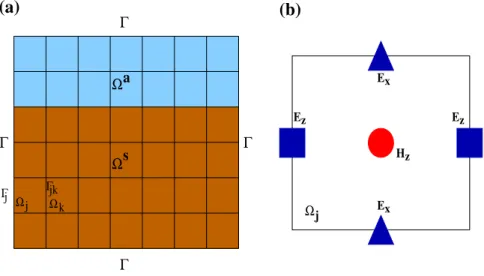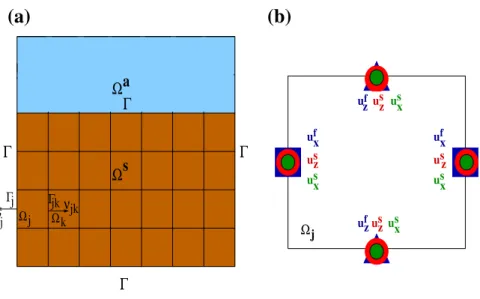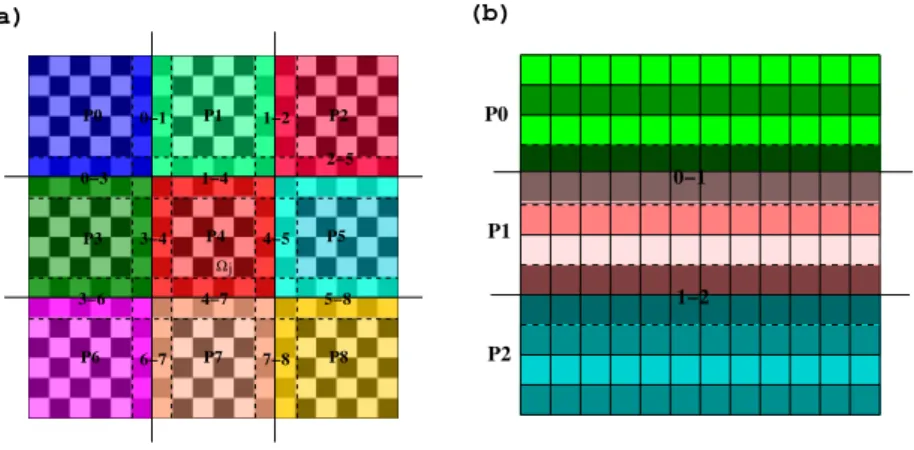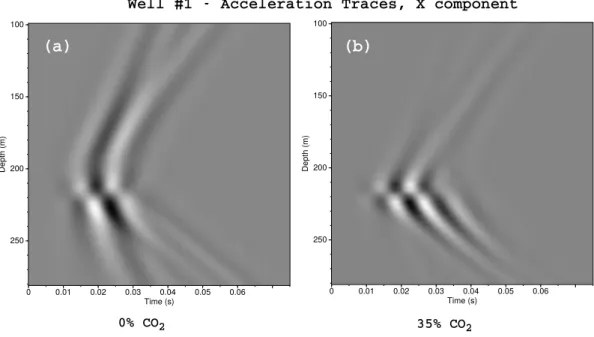Finite Element Modeling of Electroseismics and Seismoelectrics
Texte intégral
Figure

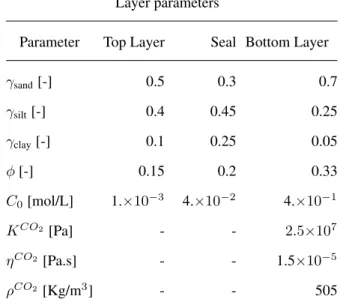
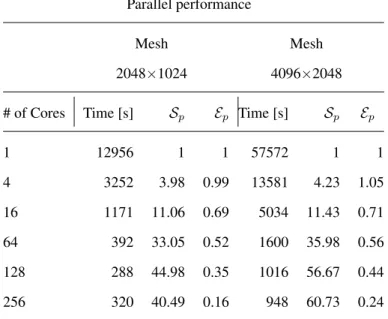

Documents relatifs
This section considers the development of finite element subspaces satisfying the crucial inf-sup condition in Assumption 3.1.. Lemma 4.1 below provides several equivalent
As particular applications, the numer- ical approximation by mixed methods of the Laplace equation in domains with edges is investigated where anisotropic finite element meshes
The method is based on the use of an appropnate intégration formula (mass lumping) allowing an explicit élimination of the vector variables The analysis of the fimte volume
Abstract — We propose and analyze some itérative algonthms for mixed finite element methods for second-order elhptic équations The method is based on some multilevel décompositions
BREZZI, Mixed and nonconforming finite element methods : Implementation, postprocessing and error estimâtes,
— An asymptotic expansion of the mixed finite element solution of a linear parabolic problem is used to dérive superconvergence results.. Optimal order error estimâtes
The continuous problem is discretized using a non-conforming mixed finite element method with quadratic éléments for the velocities and linear éléments for the pressure..
Abstract — We consider a mixed finite element method for the Stokes problem in a polygonal domain Q cz U 2 An inf-sup condition is established which fits into the abstract jramework
